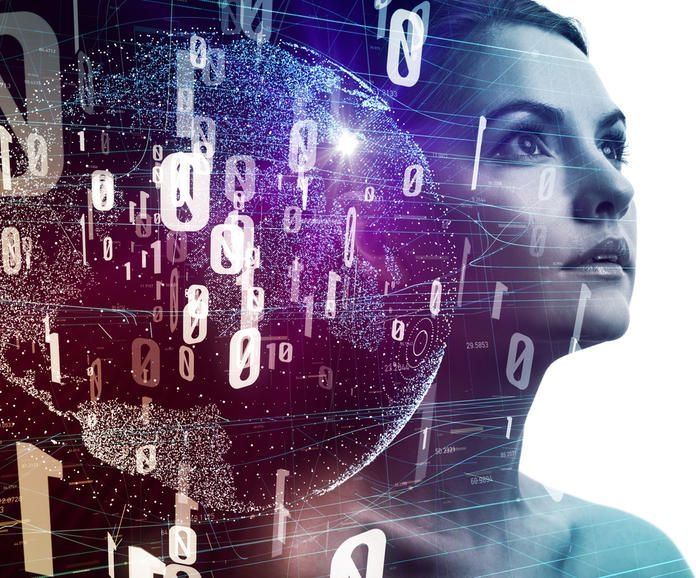Compare an analog and a digital audio recording medium. VHS video tape — an analog medium — stores a continuous curve of modulated audio/visual information. In a digital CD continuous audio is sliced into 44,100 frames a second, and represented by discrete numbers.
On playback the sounds are presented as continuous, much as the individual still frames of a motion picture appear continuous when played back fast enough. Most people can’t hear the difference between digital and analog recordings, me included, but those who say they do may spend thousands on turntables and tube amps to get the full analog experience.
From measurements, we know that neuron currents are continuous, not step functions. The important question is how is the information represented by these signals? Most psychological research assumes continuous or analog representation, but in the lengthy paper Is Information in the Brain Represented in Continuous or Discrete Form? James Tee and Desmond Taylor of the University of Canterbury make a strong theoretical and experimental case for digital data.
